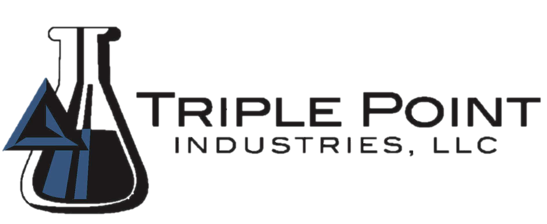
WATER SAFETY PLANS
A Water Safety Plan, or Water Management Plan as outlined by both CMS (Centers for Medicare & Medicaid Services) and ASHRAE (American Society of Heating, Refrigerating, and Air Conditioning Engineers), is a comprehensive strategy designed to mitigate the risk of waterborne pathogens and contaminants within a facility's water systems. It involves systematic assessment, monitoring, and control measures to ensure the safety of water sources and distribution systems. The plan aims to prevent outbreaks of illnesses like Legionnaires' disease by implementing protocols that maintain water quality, reduce the potential for pathogen growth, and safeguard the health of occupants.
WHY DO I NEED A WATER SAFETY PLAN AND WHAT DOES IT ENTAIL?
IF YOU ARE A HEALTHCARE FACILITY THAT FALLS UNDER CMS, YOU MAY NEED A WATER SAFETY PLAN. IF YOUR FACILITY IS NOT COMPLIANT WITH THE REQUIREMENTS SET FORTH IN QSO-17-30- Hospitals/CAHs/NHs, WE CAN HELP
Customized Water Safety Plans using tools & methods that are ASHRAE and CMS compliant
Chemical treatment, filtration, and all necessary equipment to adequately support a Water Safety Plan
4 ASSE 12080 Certified Water Safety Experts on staff
We can assist with Water Infection Control Risk Assessments (WICRA)
Comprehensive baseline testing used to determine control measures and critical points
Quarterly or semi-annual water analysis at the identified critical points
Annual Legionella testing for VALIDATION
Service reports for DOCUMENTATION that are color-coded to quickly determine if there are any problem areas that need to be addressed
-
Your team should consist of individuals possessing diverse skill sets to effectively oversee and execute your plan; which should also include someone who is knowledgeable about building water systems. In certain situations, it may be necessary to hire a professional with expertise in Legionella to be a vital part of your Water Safety Team (WST).
-
Provide a written description of your building water systems along with a visual process flow diagram. Ensure that each member of your WST can comprehend and interpret the diagram effectively.
-
Identify areas within your water system where Legionella growth could pose a potential hazard. Document these locations either in writing or by incorporating them into your process flow diagram. Include details about the hazardous conditions you could expect in these locations.
-
For every potentially hazardous condition, it is crucial to establish a control point, implement a control measure, and define a limit.
-
If, during monitoring, a control measure does not meet the established limit, immediate corrective action must be taken to bring conditions back within an acceptable range. It is imperative to document results and actions taken at all times.
-
Verification: Verify that you are following your Water Safety Plan (WSP)
Validation: You must be able to Validate that your plan is working as designed to control Legionella growth
Documentation: Ensure that every member of your WST consistently documents their results and actions taken. Additionally, schedule regular meetings to review and discuss the plan as a team
Call Triple Point today and let our “Trouble-Free Transition” work for you!
ASSE 12080: Professional Qualifications Standard for Legionella Water Safety and Management
Obtaining this certification means “having the knowledge and competency to become a member of a water safety team involved in the development of a risk assessment analysis, and water management and sampling plan, for protection from Legionella and other waterborne pathogens” [IAPMO]

